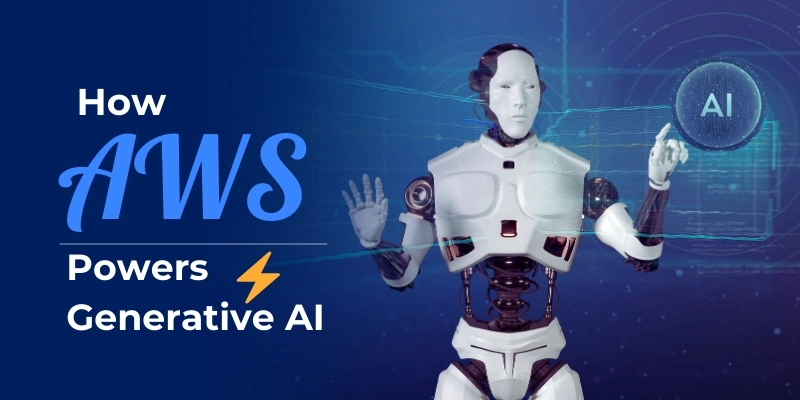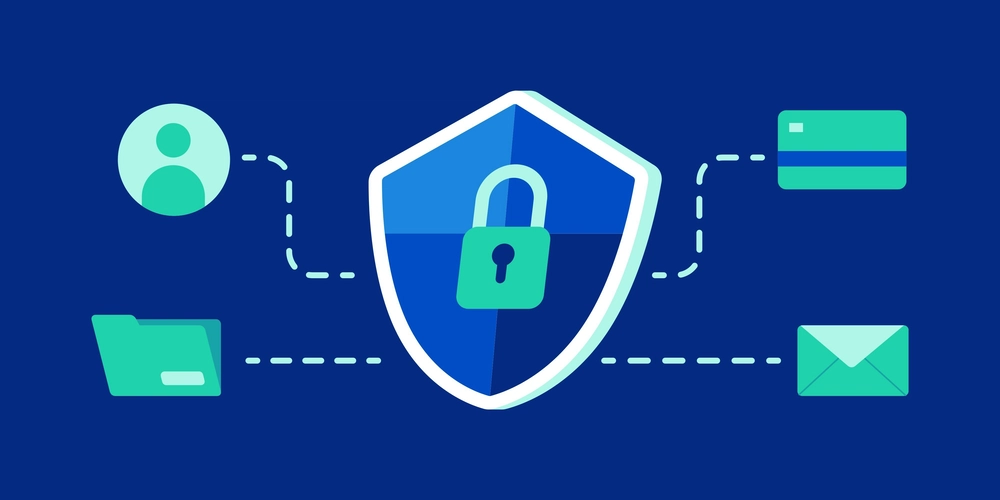Implementing Biometric Attendance: Benefits, Challenges, and Best Practices
Biometric attendance system have transformed workforce and student management by providing a secure, efficient, and automated way to track attendance. These systems use unique biological traits such as fingerprints, facial recognition, and iris scans to eliminate fraud and streamline attendance tracking. Implementing biometric attendance solutions, however, comes with challenges that organizations must address. This article explores the benefits, challenges, and best practices for successfully integrating biometric attendance systems in schools and corporate offices. Benefits of Biometric Attendance Systems 1. Enhanced Accuracy & Security Biometric attendance eliminates the possibility of buddy punching and time fraud by ensuring that only authorized individuals can log attendance. It provides a foolproof system for accurate record-keeping. 2. Time & Cost Efficiency Automated attendance tracking reduces administrative workload, allowing HR and school administrators to focus on more critical tasks. This leads to cost savings by minimizing payroll discrepancies and eliminating the need for manual tracking. 3. Seamless Integration with Payroll & HR Systems Modern biometric systems integrate with payroll and HR management software, ensuring accurate salary calculations and reducing human errors in attendance records. 4. Touchless Solutions for Health & Safety With advancements in AI-powered facial recognition and iris scanning, touchless biometric attendance systems reduce the risk of spreading infections, making them ideal for post-pandemic workplaces and schools. 5. Improved Compliance & Audit Readiness Organizations using biometric attendance systems can maintain precise records for labor law compliance, reducing legal risks associated with inaccurate attendance tracking. Challenges of Implementing Biometric Attendance Systems 1. Privacy & Data Security Concerns Biometric data is highly sensitive, and improper handling can lead to security risks. Organizations must implement robust encryption methods and comply with data protection regulations like GDPR, CCPA, and HIPAA. 2. Initial Cost & Infrastructure Requirements Setting up biometric systems requires an initial investment in hardware, software, and maintenance. Organizations must evaluate costs versus long-term benefits before implementation. 3. Technical Issues & System Downtime Like any technology, biometric systems can face technical glitches, hardware malfunctions, or integration challenges with existing infrastructure. A contingency plan for downtime is essential to ensure business continuity. 4. User Resistance & Acceptance Employees and students may be reluctant to adopt biometric attendance due to concerns over privacy or unfamiliarity with the technology. Clear communication and training programs can help address these concerns. Best Practices for Implementing Biometric Attendance 1. Choose the Right Biometric Technology Different biometric methods—fingerprint, facial recognition, and iris scanning—offer various levels of accuracy and convenience. Choose a system that best suits your organization's needs. 2. Ensure Compliance with Data Protection Laws Before deployment, organizations must ensure that their biometric attendance system complies with relevant data protection regulations. Obtaining user consent and securing biometric data with encryption are critical. 3. Educate & Train Users To encourage adoption, organizations should conduct training sessions to help users understand the system’s benefits and alleviate concerns about privacy and security. 4. Implement Redundancy & Backup Systems To prevent disruptions, biometric attendance systems should have backup options such as PIN-based or RFID card access in case of technical failures. 5. Regular Maintenance & System Updates Routine software updates and system maintenance ensure optimal performance and security against evolving cyber threats. Conclusion Biometric attendance systems offer unparalleled accuracy, efficiency, and security for tracking attendance in schools and corporate offices. However, successful implementation requires addressing challenges related to privacy, cost, and user acceptance. By selecting the right technology, ensuring regulatory compliance, and educating users, organizations can maximize the benefits of biometric attendance while minimizing potential risks. With the right approach, biometric attendance can revolutionize workforce and student management for greater efficiency and security.

Biometric attendance system have transformed workforce and student management by providing a secure, efficient, and automated way to track attendance. These systems use unique biological traits such as fingerprints, facial recognition, and iris scans to eliminate fraud and streamline attendance tracking.
Implementing biometric attendance solutions, however, comes with challenges that organizations must address. This article explores the benefits, challenges, and best practices for successfully integrating biometric attendance systems in schools and corporate offices.
Benefits of Biometric Attendance Systems
1. Enhanced Accuracy & Security
Biometric attendance eliminates the possibility of buddy punching and time fraud by ensuring that only authorized individuals can log attendance. It provides a foolproof system for accurate record-keeping.
2. Time & Cost Efficiency
Automated attendance tracking reduces administrative workload, allowing HR and school administrators to focus on more critical tasks. This leads to cost savings by minimizing payroll discrepancies and eliminating the need for manual tracking.
3. Seamless Integration with Payroll & HR Systems
Modern biometric systems integrate with payroll and HR management software, ensuring accurate salary calculations and reducing human errors in attendance records.
4. Touchless Solutions for Health & Safety
With advancements in AI-powered facial recognition and iris scanning, touchless biometric attendance systems reduce the risk of spreading infections, making them ideal for post-pandemic workplaces and schools.
5. Improved Compliance & Audit Readiness
Organizations using biometric attendance systems can maintain precise records for labor law compliance, reducing legal risks associated with inaccurate attendance tracking.
Challenges of Implementing Biometric Attendance Systems
1. Privacy & Data Security Concerns
Biometric data is highly sensitive, and improper handling can lead to security risks. Organizations must implement robust encryption methods and comply with data protection regulations like GDPR, CCPA, and HIPAA.
2. Initial Cost & Infrastructure Requirements
Setting up biometric systems requires an initial investment in hardware, software, and maintenance. Organizations must evaluate costs versus long-term benefits before implementation.
3. Technical Issues & System Downtime
Like any technology, biometric systems can face technical glitches, hardware malfunctions, or integration challenges with existing infrastructure. A contingency plan for downtime is essential to ensure business continuity.
4. User Resistance & Acceptance
Employees and students may be reluctant to adopt biometric attendance due to concerns over privacy or unfamiliarity with the technology. Clear communication and training programs can help address these concerns.
Best Practices for Implementing Biometric Attendance
1. Choose the Right Biometric Technology
Different biometric methods—fingerprint, facial recognition, and iris scanning—offer various levels of accuracy and convenience. Choose a system that best suits your organization's needs.
2. Ensure Compliance with Data Protection Laws
Before deployment, organizations must ensure that their biometric attendance system complies with relevant data protection regulations. Obtaining user consent and securing biometric data with encryption are critical.
3. Educate & Train Users
To encourage adoption, organizations should conduct training sessions to help users understand the system’s benefits and alleviate concerns about privacy and security.
4. Implement Redundancy & Backup Systems
To prevent disruptions, biometric attendance systems should have backup options such as PIN-based or RFID card access in case of technical failures.
5. Regular Maintenance & System Updates
Routine software updates and system maintenance ensure optimal performance and security against evolving cyber threats.
Conclusion
Biometric attendance systems offer unparalleled accuracy, efficiency, and security for tracking attendance in schools and corporate offices. However, successful implementation requires addressing challenges related to privacy, cost, and user acceptance.
By selecting the right technology, ensuring regulatory compliance, and educating users, organizations can maximize the benefits of biometric attendance while minimizing potential risks. With the right approach, biometric attendance can revolutionize workforce and student management for greater efficiency and security.









































































































































































![[The AI Show Episode 142]: ChatGPT’s New Image Generator, Studio Ghibli Craze and Backlash, Gemini 2.5, OpenAI Academy, 4o Updates, Vibe Marketing & xAI Acquires X](https://www.marketingaiinstitute.com/hubfs/ep%20142%20cover.png)



























































































































![[FREE EBOOKS] The Kubernetes Bible, The Ultimate Linux Shell Scripting Guide & Four More Best Selling Titles](https://www.javacodegeeks.com/wp-content/uploads/2012/12/jcg-logo.jpg)



![From drop-out to software architect with Jason Lengstorf [Podcast #167]](https://cdn.hashnode.com/res/hashnode/image/upload/v1743796461357/f3d19cd7-e6f5-4d7c-8bfc-eb974bc8da68.png?#)






































































































.png?#)




.jpg?#)
































_Christophe_Coat_Alamy.jpg?#)







































































































![Rapidus in Talks With Apple as It Accelerates Toward 2nm Chip Production [Report]](https://www.iclarified.com/images/news/96937/96937/96937-640.jpg)









































































































































